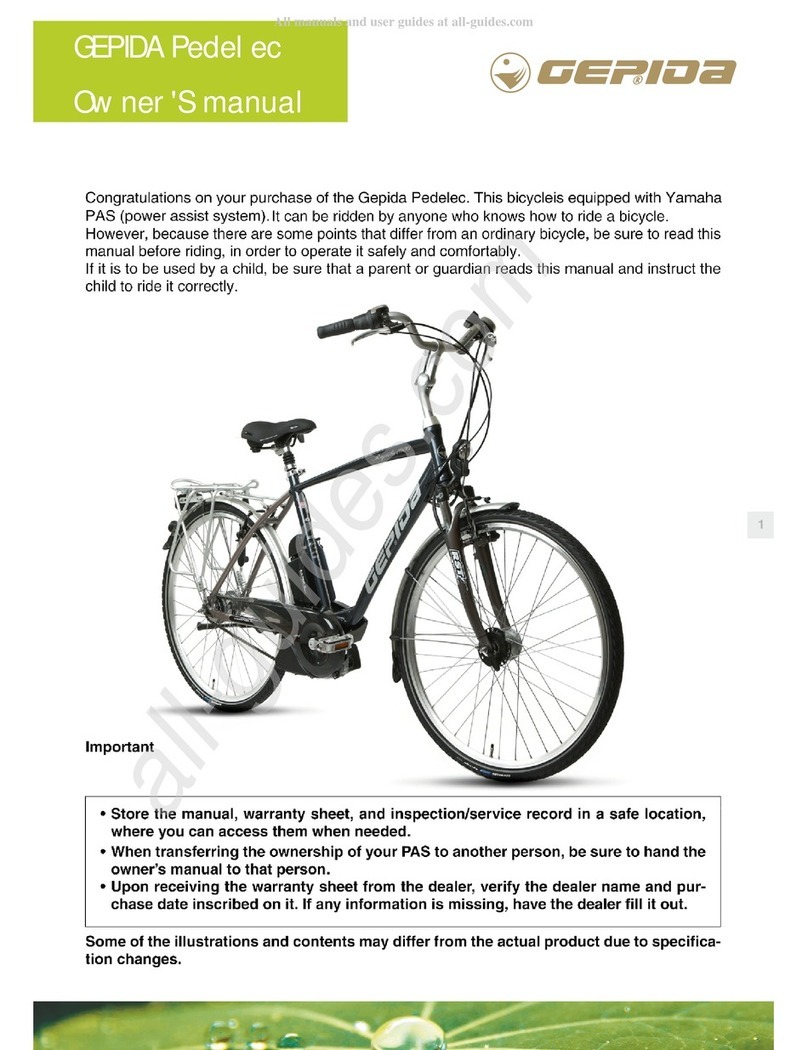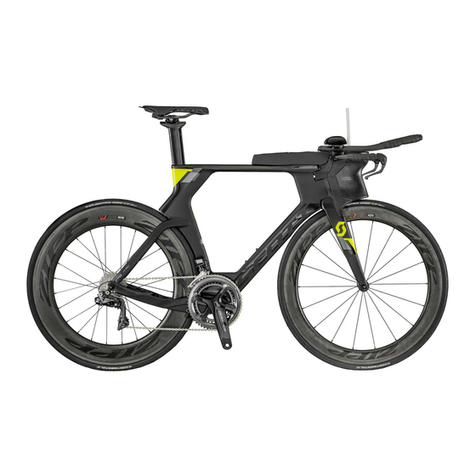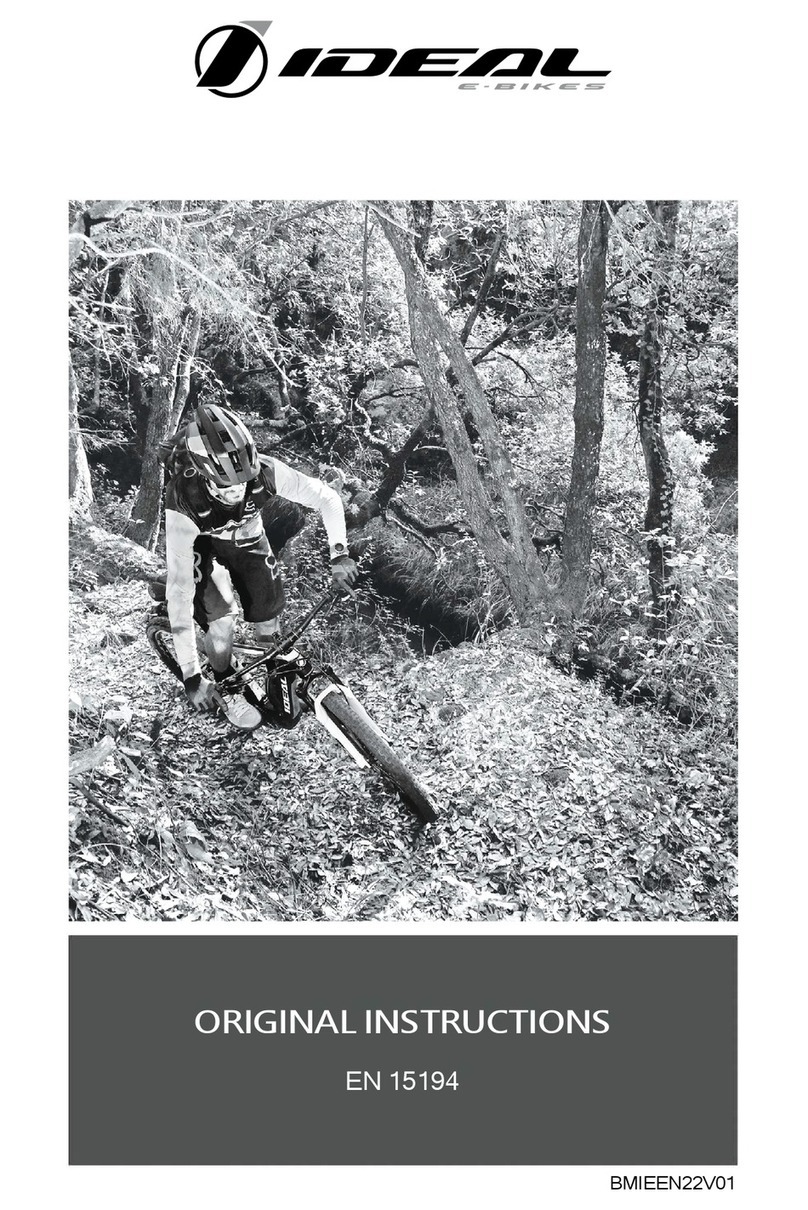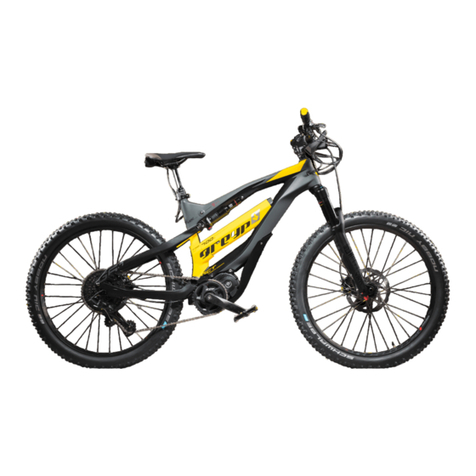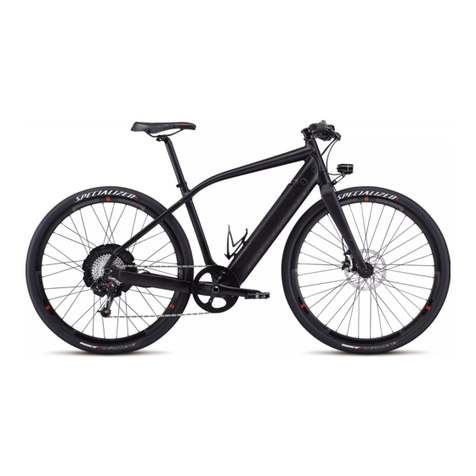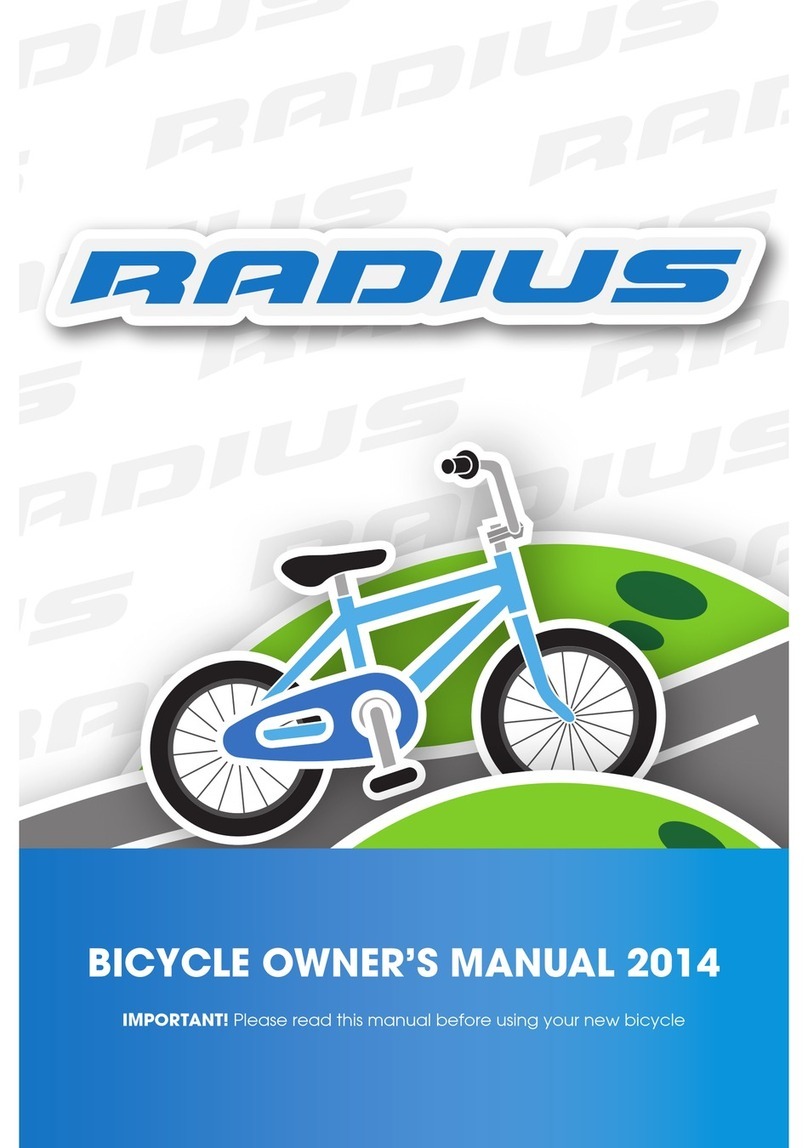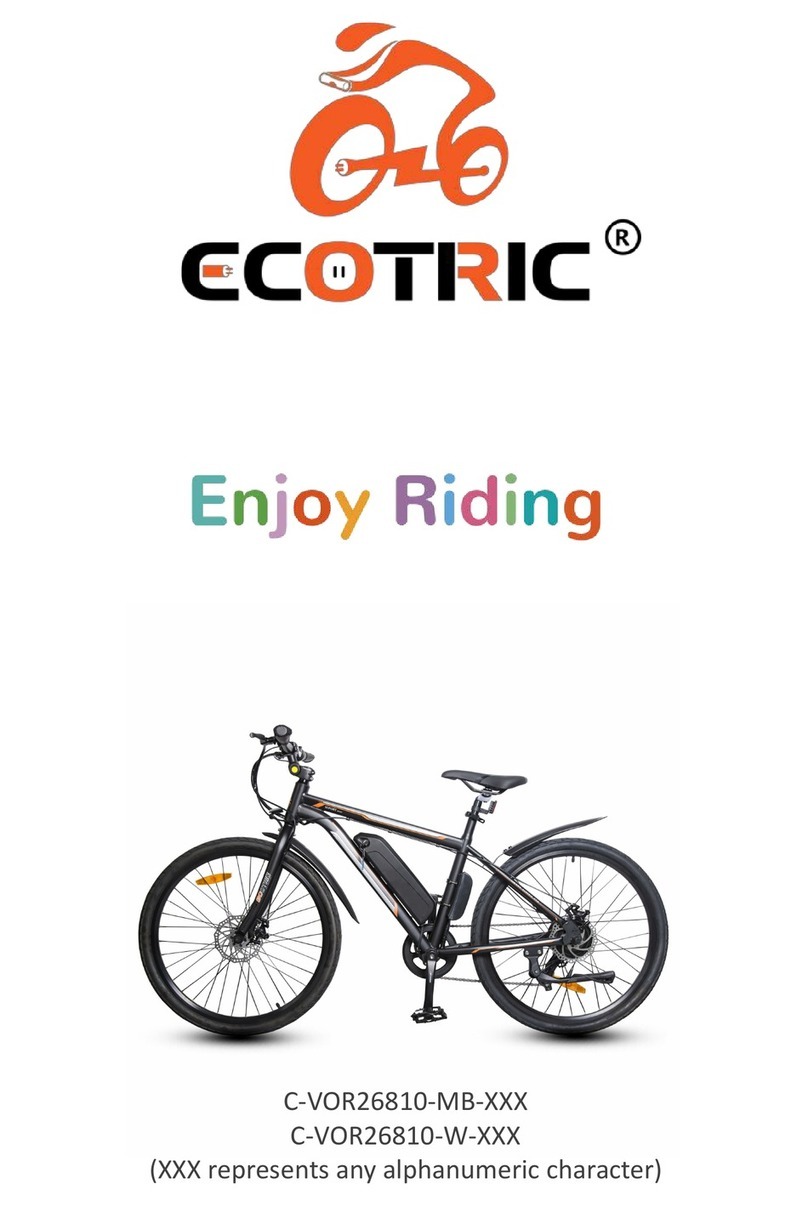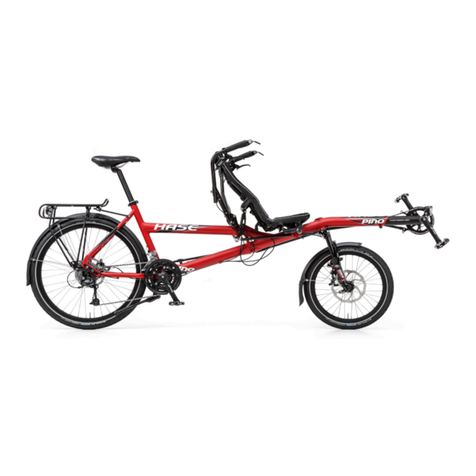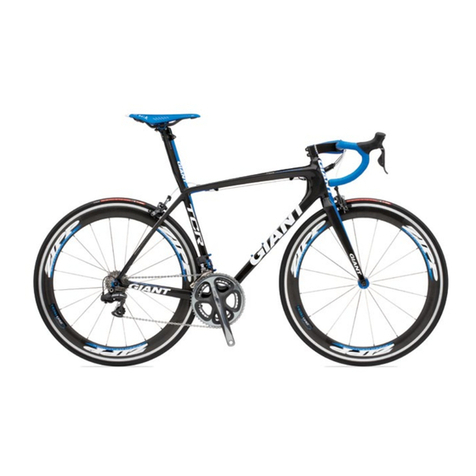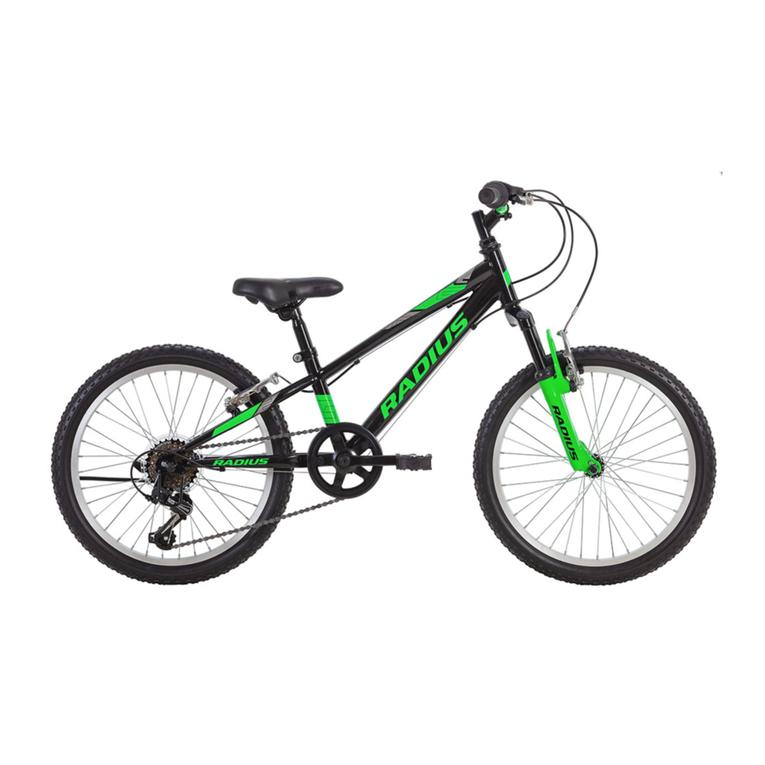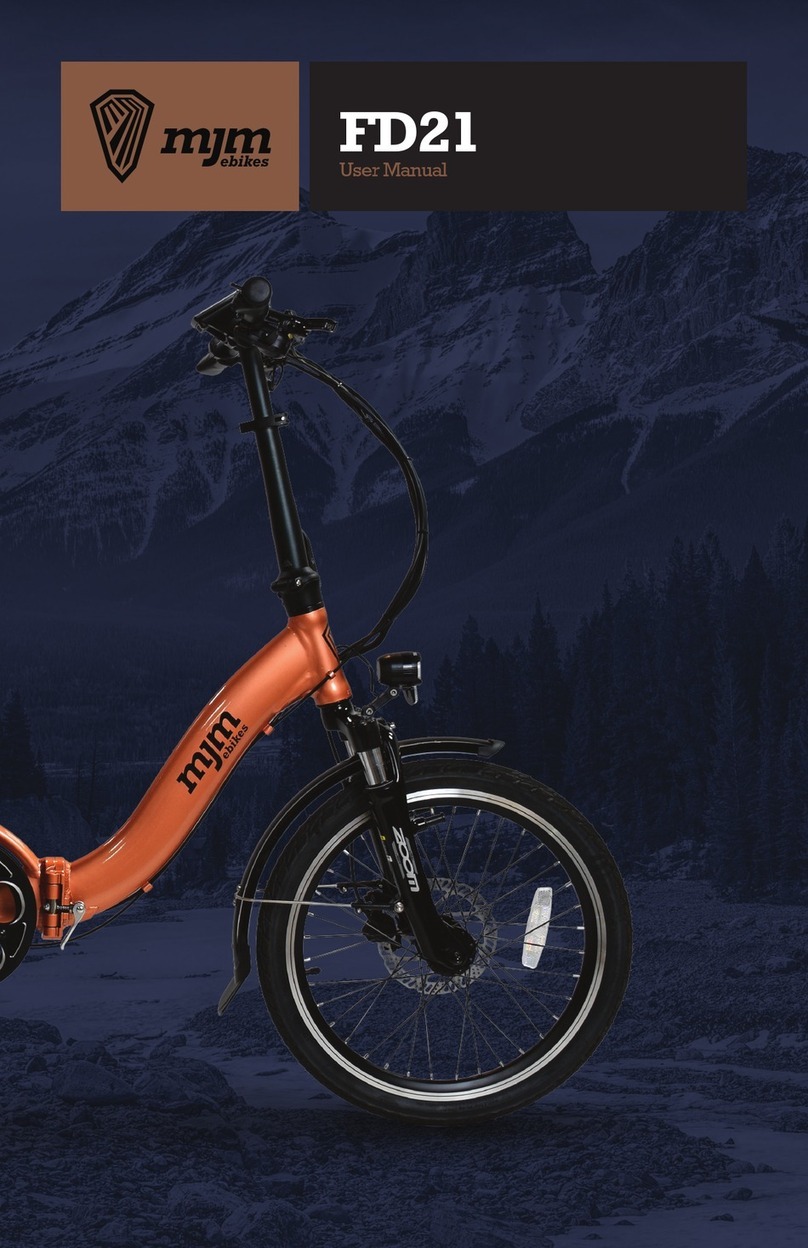Gepida Reptila 1100 User manual

O
LIMPIA
B
ICYCLE
L
TD
.
–
WWW
.
GEPIDA
.
EU
R
EPTILA
1100
I
NSTRUCTIONS
M
ANUAL

Gepida Reptila 1100 – Instruction Manual
2
Olimpia Bicycle Ltd. – www.gepida.e 2
Table of contents
1. Bicycle manual
4.1 How to handle the battery pack
4.2 About the battery
4.3 Battery characteristics
4.4 Before charging
4.5 harging
4.6 Specifications of the battery pack
4.7 Specifications of the accesoires
Features of the control unit
4.10 Gepida Automatic Reduction System
4.11 GPDS System
4.12 Range at different assist levels
4.13 Winter usage
4.14 onditions that can influence travel distance
4.15 Gepida Security System
4.16 Operation of the lamps
4.17 Special issues regarding the pedelec
4.18 Things to do before starting
4.19 How to start to ride pedelec
4.20 leaning
2. Appendix
Appendix A: Troubleshooting
Appendix B: ontrol unit function start
Appendix : Front wheel removal
4.8 About Gepida NGP assist system
4.9 Gepida automatical reduction system

Gepida Reptila 1100 – Instruction Manual
3
Olimpia Bicycle Ltd. – www.gepida.e 3
How to handle the battery pack
1. Grab the battery pack in the position shown
on the picture. You just have to see the
„GEPIDA” sign on it.
2. Push the battery pack firmly into the console, until
you hear it clicking.
3. Use the lock to secure the battery pack in its
place. You are able to remove the key only if the lock
is closed. The picture shows the lock in closed
position.
Notification!
Make s re that the lock is always closed d ring riding the
pedelec. Check it each time before sing the bicycle!

Gepida Reptila 1100 – Instruction Manual
4
Olimpia Bicycle Ltd. – www.gepida.e 4
About the battery
1. Do not touch the contacts of the battery
with any objects as it might cause a short circuit
2. Do not spray water on the battery or immerse the
the battery in water
3. Do not throw the battery into fire
4. Do not leave the battery in an automobile
5. Do not drop or shake the battery
6. Do not use the battery if it is damaged
7. Do not disassemble the battery
8. Do not use the battery on other electrical products

Gepida Reptila 1100 – Instruction Manual
5
Olimpia Bicycle Ltd. – www.gepida.e 5
Battery characteristics
This Gepida battery is a large-capacity, high performance lithium-ion (Li-ion) battery that outputs large current. More compact and lightweight
than the conventional nickel cadmium (Ni- d) and nickel-metal hydride (Ni-Mh) batteries as well as it can keep a large amount of electricity.
Moreover, conventional batteries suffered from the memory effect, that is a symptom wherein batteries that were charged repeatedly before
being entirely discharged each time had an apparently strong decrease in capacity over the time. In contrast, the Li-ion battery does not have
the memory effect, so you can charge it anytime at your convenience.
Battery does not operate well in extremely hot or cold environment. During charging cycles, the battery goes through a chemical reaction
which is greatly influenced by temperature.
A battery is subject to self-discharge even if it is not used. The loss suffered due to self-discharge can be recovered by charging the battery
before use.
Sometimes, the travel distance with a new battery might be shorter, but this will improve by using and charging it 2 to 3 times.
In a cold environment, below approximately 10 ° , the output capacity of the battery decreases, leading to a shorter travel distance or a
reduced power assist. Its capacity automatically recovers by the rising temperature. Even a high-performance Li-ion battery will suffer a gradual
decline in its capacity after repeated charge-and-discharge cycles (appr. 800 cycles), necessitating its replacement. This is the nature of the
battery and is not considered as a malfunction.

Gepida Reptila 1100 – Instruction Manual
6
Olimpia Bicycle Ltd. – www.gepida.e 6
Battery characteristics
Avoid charging the battery at high temperatures, such as exposed to direct sunlight or near hot stove, or immediately after operating the
battery. These conditions can shorten the battery life or travel distance. If the temperature of the battery increases significantly as a result of
direct heating, it might become unusable.
The self-discharge rate is lower than that of the conventional batteries. Nonetheless, a battery that is completely discharged will suffer
accelerated deterioration. If you do not ride the Pedelec for a period of 3 months or more, remove the battery from the vehicle and place it
apart. Store it indoors, in cool (10-20 ° ), dry area.
The Li-ion battery does not operate well at high temperature.
Do not store the battery at high temperatures such as inside an automobile exposed to direct sunlight or near to any kind of heating device.
Do not charge a battery that is fully charged.
The necessity of replacing the battery depends on the usage of the pedelec, external temperature, and charging method. If the travel distance
per charge becomes considerably shorter than normal; it is time to replace the battery.

Gepida Reptila 1100 – Instruction Manual
7
Olimpia Bicycle Ltd. – www.gepida.e 7
Battery characteristics
After 350 to 450 charging cycles the capacity of the battery decreases to approximately the half of the new battery. This average is calculated
on the basis of a usage at general road conditions, and an annual 200 charging cycles at 25 ° .
The necessity of replacing the battery depends on storage conditions, charging temperature, riding conditions, and external temperature. The
replacement interval might be shorter than the above stated if the battery is used under unfavourable conditions.
The Li-ion batteries are recyclable. When a used battery is due for replacement, you can have it recycled by the dealer. By taking this little
effort, you can contribute to a sustainable development of the planet.

Gepida Reptila 1100 – Instruction Manual
8
Olimpia Bicycle Ltd. – www.gepida.e 8
Before charging the battery
Do not use the power cord if it is damaged.
Keep the charger away from pets and the reach of children in order to avoid injuries.
Never use the charger to charge other electrical appliances.
Do not handle the power plug for charger with wet hands nor touch the contacts of
charger.
Do not touch the charger or the battery for long time during charging.
The temperature of the charger might reach 40 ° to 60 ° during charging.
Be sure to use the original Pedelec charger, because other chargers a likely to cause
unrecoverable damage to the battery.

Gepida Reptila 1100 – Instruction Manual
9
Olimpia Bicycle Ltd. – www.gepida.e 9
Before charging the battery
Place the charger on a flat and stable surface.
Avoid dropping the charger.
Do not place any objects on or cover the charger during charging.
Do not step on the charger.
Make sure the contact points of the charger and the battery are clean and dry.
Do not touch the contact points with metal object.
Unplug the charger when not in use.
Do not expose the charger to water, moisture or excessive humidity.
Do not charge the battery near gasoline or other flammable materials.

Gepida Reptila 1100 – Instruction Manual
10
Olimpia Bicycle Ltd. – www.gepida.e 10
Charging
The optimum temperature for charging the battery is between 15 ° -25 ° . The internal temperature of the battery can be higher immediately
after a ride or if the battery is exposed to direct sunlight. This can result in the internal temperature of the battery exceeding the specified
starting charging temperature, which prevents it from being charged. To cool down the internal battery temperature, to a level that enables
the charger to start charging, can take up to approximately 3 hours when the room temperature is 30 ° .
. hoose a location that meets the following conditions for charging:
Flat and stable surface
Dry place
Well-ventillated and without excessive humidity
Out of reach of children or pets
Room temperature between 15 ° and 25 °
Even though charging might start normally, it will terminate automatically in case the temperature
falls below 20 ° , or rises above 30° .

Gepida Reptila 1100 – Instruction Manual
11
Olimpia Bicycle Ltd. – www.gepida.e 11
Charging
There are two ways of charging:
1. onnecting the charger to the battery directly.
2. Leaving the battery in the console of the pedelec, and charging it
via the carrier console.
The remaining capacity of the battery pack can be checked any time
by pressing the button on the left side (as shown in the picture).
Each LED indicates about 20% of the overall capacity of the battery pack.
If the battery pack is on the charger, it indicates the charging process with the green
LEDs „running”. When the LEDs stop running, it means the process
has ended and the battery pack is fully charged.
Now you can unplug the charger.
The batteries are protected against overcharging.

Gepida Reptila 1100 – Instruction Manual
12
Olimpia Bicycle Ltd. – www.gepida.e 12
Specifications of Gepida Battery
Pack
Item Specification
Nominal apacity 6000 mAh
Nominal harging Voltage 42 V
Nominal Output Potential 36.5 V
harging urrent 1400 mAh
harging Time 4.5 hours
Operating urrent Range max. 10 A
Weight 1.98 kg
Dimensions
Lenght: 173 mm
Width: 100 mm
Height: 105 mm
Operating Temperature harge: 0 to 45 °
Storage Temperature 10 - 20 °

Gepida Reptila 1100 – Instruction Manual
13
Olimpia Bicycle Ltd. – www.gepida.e 13
Specifications of Gepida Battery Pack
Temperature Dependence of Discharge Capacity
Discharge
Temperature -10 ° 0 ° 25 ° 45 °
Relative Capacity 50 % 70 % 100 % 100 %
Temperature Dependence of Charge Capacity
Charge
Temperature - 0 ° 25 ° 45 °
Relative Capacity - 80 % 100 % 100 %

Gepida Reptila 1100 – Instruction Manual
14
Olimpia Bicycle Ltd. – www.gepida.e 14
Specifications of Accessories
3 Phase Motor
Nominal Input Potencial: 36 V
Maximum Input Power: 250 W
Weight: 2.86 kg
Energy Bus connector
Support Nominal 36 V D and High Speed an-Bus interface
High Speed Can Bus interface (125 kBits/s)
TJA 1040 (max.: 1 Mbit/s)
Current Consumption in sleep mode
Less than 500 µAmps
Quality requirements
According to ISO 9001

Gepida Reptila 1100 – Instruction Manual
15
Olimpia Bicycle Ltd. – www.gepida.e 15
eatures of the Control Unit
1. To turn the control unit on, press the lower-right button
and hold it for one second.
2. If the bicycle icon is flashing, that means the battery pack
is not fitted properly. This means you will not have the
assistance! In this case the remaining distance meter is
empty as well.
3. If the bike sign is permanently visible and you see a
remaining distance value, the assist system is ready for
operation. Now you can adjust the assistance level for your
convenience. Use the left (decrease) and right (increase) arrow
buttons. However you can also change the assist level
during riding.
4. Final step, you should check the light and set them
on\off\auto mode with the lower left button.
5. Now you are ready to go!

Gepida Reptila 1100 – Instruction Manual
16
Olimpia Bicycle Ltd. – www.gepida.e 16
eatures of the Control Unit
1. To reach the secondary functions of the ontrol Unit,
press the middle button and hold it for 1 second.
2. Now, by pressing the left arrow button, you can switch
between the following data (holding it for 1.5 sec to reset):
- Total distance
- Average speed
- Maximum speed
3. Pressing the right arrow button will start the stop-watch
and pressing again will stop it. To reset the stop-watch,
hold the button for 1.5 second.
4. To return to primary functions, press the middle button
again (do not hold it).
5. For further details about the control unit, check
Appendix B

Gepida Reptila 1100 – Instruction Manual
17
Olimpia Bicycle Ltd. – www.gepida.e 17
Gepida Automatic Reduction System
There are 10 different assist levels for you to be able to use the pedelec always at your convenience. If the battery charge status is less than
35% the Gepida Automatic Reduction System lowers the assistance ratio down to the optimum level ensuring maximum range with assistance.
When the system turns on, the change in the assist level becomes immediately visible on the display.

Gepida Reptila 1100 – Instruction Manual
18
Olimpia Bicycle Ltd. – www.gepida.e 18
GPDS system
The assistance is switched on by the speed sensor soon after you start pedaling the bicycle. So when the pedelec starts moving, you will
instantly experience the assistance. The reason why the assistance does not start immediately when pressing the pedal is to avoid accident for
instance in case you just put your foot back on the pedal at the traffic light. That is why the system is set in a way that the speed senson must
capture a minimal speed to turn the assistance on. When the assistance is on, ride the bicycle just like a regular one
.
The power and the
duration of the assist force depends on two factors:
1. How strong you push the pedal.
This is captured by the special torque sensor, and is very important at accelerations, when usually a higher pedal force is needed, so the assist
force will be higher as well.
2
.
Which assist level the pedelec is used on.
This factor is more important after the starting period, when you want to keep a desired speed during the ride. If you wish a higher travelling
speed, just raise the assistance level on the control unit
.
The torque sensor will still work at this part though, so if you press the pedal harder,
the assist force will raise allowing an easy acceleration.
Warning!
If the assistance level is set to maxim m or near, be ca tio s when accelerating! In this case, the assist force is really high that may „p ll” the bicycle
from nder yo , which may lead to accidents and/or inj ries.

Gepida Reptila 1100 – Instruction Manual
19
Olimpia Bicycle Ltd. – www.gepida.e 19

Gepida Reptila 1100 – Instruction Manual
20
Olimpia Bicycle Ltd. – www.gepida.e 20
Range at different assist levels
Table of contents
Other Gepida Bicycle manuals
Popular Bicycle manuals by other brands
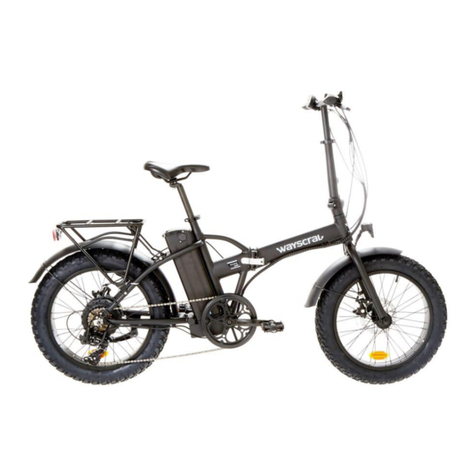
wayscral
wayscral TAKEAWAY E-200 Original instructions
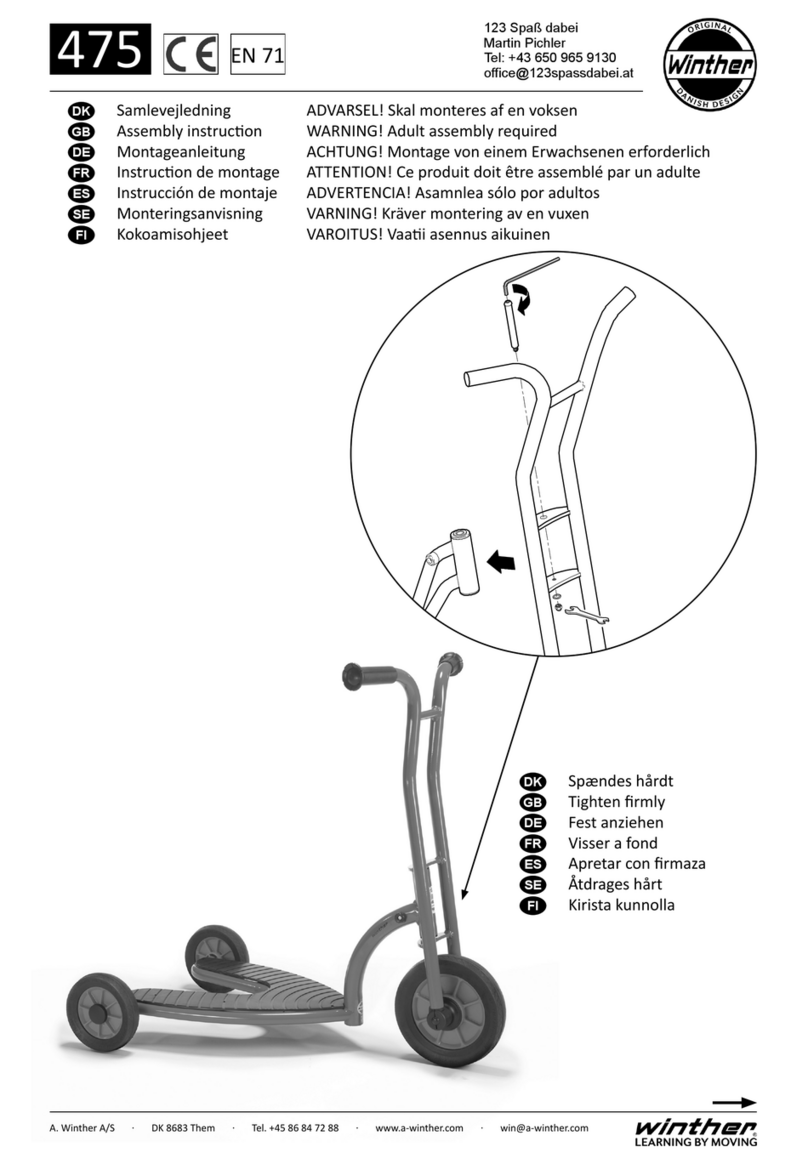
Winther
Winther 475 Assembly instruction

Detroit Bikes
Detroit Bikes Bicycle owner's manual

Cannondale
Cannondale SCALPEL 100 SCALPEL 100 Owner's manual supplement

MOBIA BIKES
MOBIA BIKES INDUSTRIAL BI01 2019 Assembly instructions
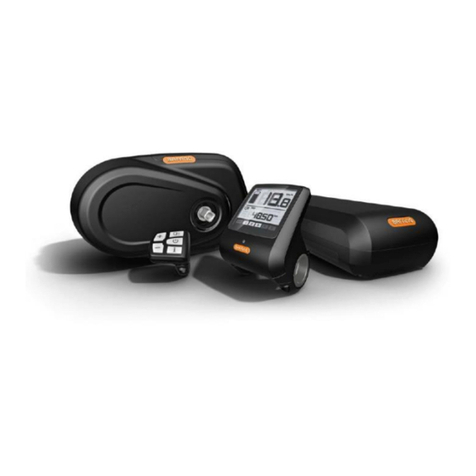
Leader Fox
Leader Fox Hasuda operating instructions
